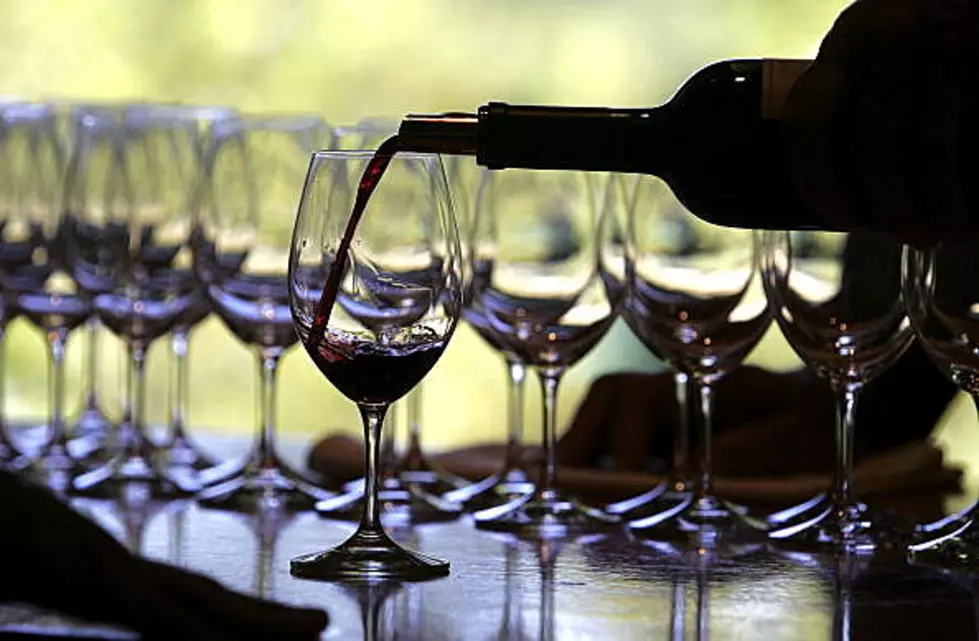
Invasive European Green Crab Found At Salt Creek Recreation Area
The Washington Department of Fish and Wildlife (WDFW) is praising the efforts of partners and the public in managing a new invasive species sighting.
The European green crab was spotted at Salt Creek Recreation Area
The Coastal Watershed Institute (CWI) alerted the WDFW in late October of a sighting of the European green crab at Salt Creek Recreation Area. Located in Clallam County, Salt Creek Recreation Area is approximately 190 acres of coastal area near Striped Peak that offers both day use areas and camping sites.
CWI, in collaboration with staff, interns, volunteers, and students from Western Washington University, worked to collect the adult crab on October 20 in the lower Salt Creek estuary. The invasive European green crab ("EGC") was noticed during a nearshore fish use monitoring project.
The European green crab is considered a damaging invasive species in Washington
The European green crab threatens Washington's native shellfish, eelgrass, salmon, and other species. Found in shallow areas, the crab can be spotted at estuaries, mudflats, intertidal zones, and beaches where the water is less than 25 feet deep.
The WDFW describes the crab as "brownish-green crabs with a carapace of up to 4 inches wide. They have 5 marginal teeth and 3 rostral bumps. Their walking legs are somewhat flattened."

WDFW is thankful for everyone assisting in identifying invasive aquatic species
Clallam County collaborated with the Washington Department of Fish and Wildlife to grant special access to the area, resulting in three more crabs being caught between October 24 and 26.
Justin Bush, WDFW's Aquatic Invasive Species policy coordinator, and Incident Commander for the state's EGC emergency response, said in a press release:
This incident and the rapid response trapping that followed is a prime example of how important reports of suspected European green crabs are for managing this harmful invasive species. . . We’re grateful to Coastal Watershed Institute for submitting the report and to the tribes, partners, and public who are on the lookout for European green crabs.
First time EGC has been seen in the Western Straight
While nearby McKinley Lagoon, and Dungeness Bay, have had sightings of European green crabs, this is the first time that the species has been seen in Salt Creek or in the Western Straight EGC Management area.
Trapping efforts for EGC will continue in the spring, in further collaboration with the county, local tribes, and other partners.
Dr. Anne Shaffer, CWI executive director and lead scientist, said, “We’ve been seining this site since the early 2000s and this is the first time we’ve observed green crab there.”
What to do if you find a European green crab
Although some organizations promote eating the problem, the Washington Department of Fish and Wildlife asks the public not to kill suspected European green crabs, in order to protect misidentified native crab species. It is also illegal to possess a live EGC in Washington state.
Instead, the public can learn to identify the crab, and submit a report, through the WDFW's EGC website, or use the Washington Invasive Species Council’s WA Invasives mobile app.
WDFW also asks the public to be aware of, and avoid tampering with, EGC traps. They are typically given an official tag or permit and attached to a bright orange buoy.
Five Of The Most Dangerous Invasive Species in Washington State
Gallery Credit: Rik Mikals
These 5 Gorgeous Washington State Mountains Can Still Go Boom
Gallery Credit: Rik Mikals




